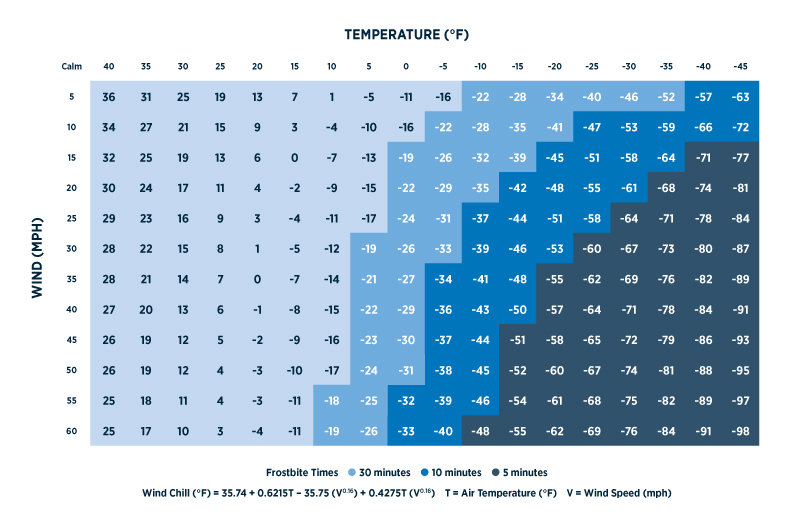Winter storms can affect many parts of the U.S. and in varying levels of severity. Sometimes, the snowfall can last for a few hours, and others can evolve into a blizzard with wind-driven snow lasting for several days. And when those winter storms arrive, they can have different names, depending on its location.
The Alberta clipper storm moves in the southeast from Alberta, Canada through the Plains, Midwest and Great Lakes. This type of storm brings light snow, strong winds and extremely cold temperatures, and has been known to strike in locations not prepared for such weather events, such as Southern California. In the Midwest, winter storms (also known as snowstorms) and extreme cold can strike between mid-October to April, but mainly occurring from December to February. There are also Nor’easters, coastal storms bringing heavy rain or snow, powerful winds, and coastal flooding, that frequent to northeastern U.S. border between September and April.
Exposure to rapid snowfall and dropping temperatures create a higher risk of dangers to both people and property. It’s a good idea to develop a winter storm and extreme cold action plan for your business and home. Prepare yourself with our winter storm and extreme cold preparedness guide and resources.



